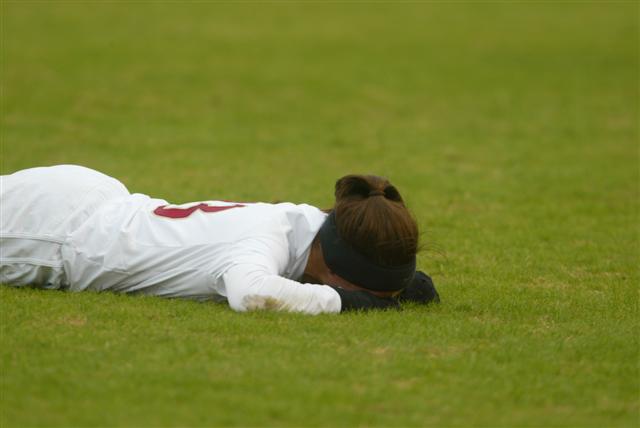Student-athlete burnout: Why it happens and how to prevent it
*Opinions expressed in this article represent the views of the editorial board and not necessarily those of the school population or administration.
Millions of American students play sports every day, playing these sports can be taxing mentally and physically. This can lead to burnout, when an athlete experiences excess fatigue or declining performance even though they are training more or harder.
According to the CDC, over 50% of American students have participated in sports.
One to nine percent of all collegiate student-athletes report having experienced burnout with significantly more females experiencing burnout than males. Burnout is not well known or well documented and the figure is almost certainly much higher than reported according to the NCAA.
Burnout is characterized as athletic stress which stems from continued demands on athletic activity without opportunity for adequate physical and mental recovery.
Billy Beane, a senior in the ISP program that ran cross country and track every year but decided to stop in his senior year.
“When I first started running I really enjoyed it, but last season I started getting sick a lot and it made me start to enjoy running less,” said Beane. “Simultaneously I started finding something else I really enjoyed.”
For coaches, they have different perspectives on burnout. Their interactions with a variety of athletes each year, several of which have experienced burnout, makes this a common experience, especially during their spring seasons.
“I think the spring senior athletes have mixed emotions during the school year,” said varsity softball coach Ms. Laurie Wohnhas. “They are sad that the season is ending but excited to move on from high school. There is a lot happening in their world with APs, prom, playoffs, work, internships, finding a college roommate, and graduation.”
Ms. Wohnhas also noticed that juniors and seniors quit at much higher rates than sophomores and
freshmen because they begin to have less time to focus on the sport and become stressed academically.
Many students still love the sport that they are experiencing burnout.
“I will run again, I didn’t stop loving running, it was all the competition that made it difficult,” said Beane. “I knew I wasn’t going to run in college and I needed the spring so I could work and have more time for friends in general.”
Ms. Wohnhas said the way she tries to prevent and limit burnout is by attempting to make the learning experience more fun. She also said that getting to know the student-athlete outside of the classroom and establishing a more personal connection helps in reducing burnout.
According to the National Athletic Trainers Association, rest and taking time away from the sport the athlete is participating in are the two best methods to prevent and treat burnout. Individuals can also combat burnout by sleeping enough, while also eating the right foods. Recovering properly and talking to a coach about a personalized training plan that works best for them are other strategies to stay fresh.
“If you are experiencing burnout, a break helps a lot,” said Beane. “Don’t force yourself to do anything you don’t want to do. Personally, I feel like one day I will start running again, but just for myself,…and just have fun with it while still having motivation.”

Aaron is a senior in the Global program. This is his first year with The Pulse. Outside of school, he is a Varsity Captain of the Cross Country and Track...











